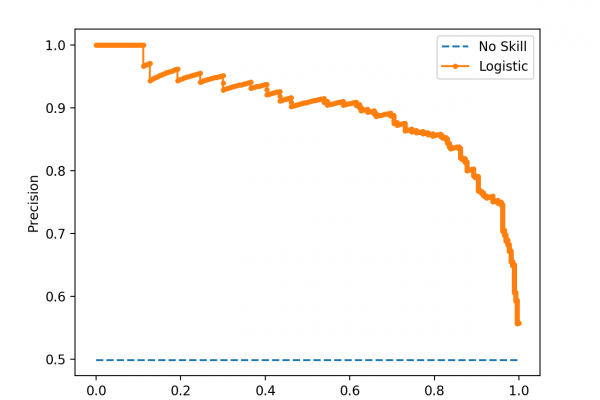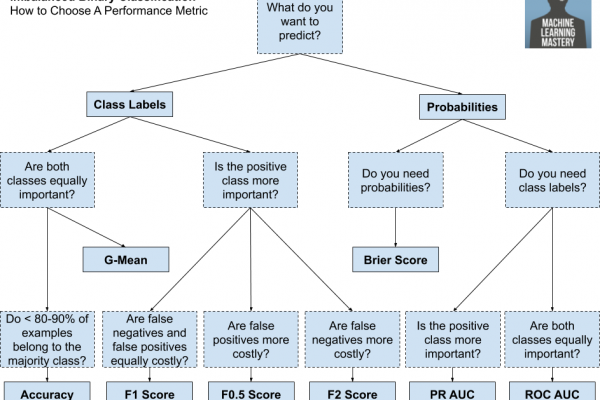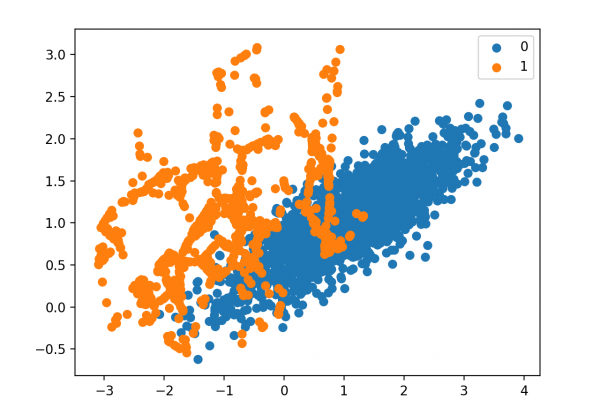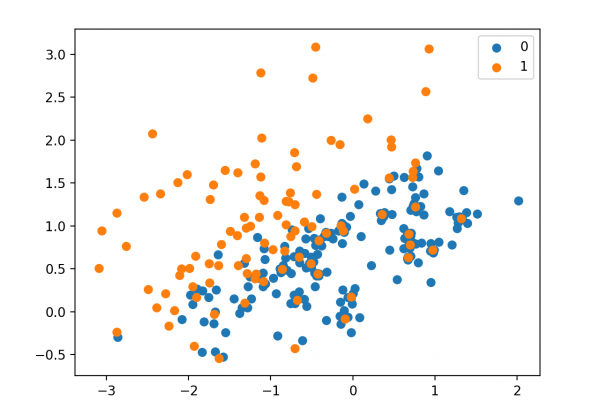ROC Curves and Precision-Recall Curves for Imbalanced Classification
Last Updated on September 16, 2020 Most imbalanced classification problems involve two classes: a negative case with the majority of examples and a positive case with a minority of examples. Two diagnostic tools that help in the interpretation of binary (two-class) classification predictive models are ROC Curves and Precision-Recall curves. Plots from the curves can be created and used to understand the trade-off in performance for different threshold values when interpreting probabilistic predictions. Each plot can also be summarized with […]
Read more








